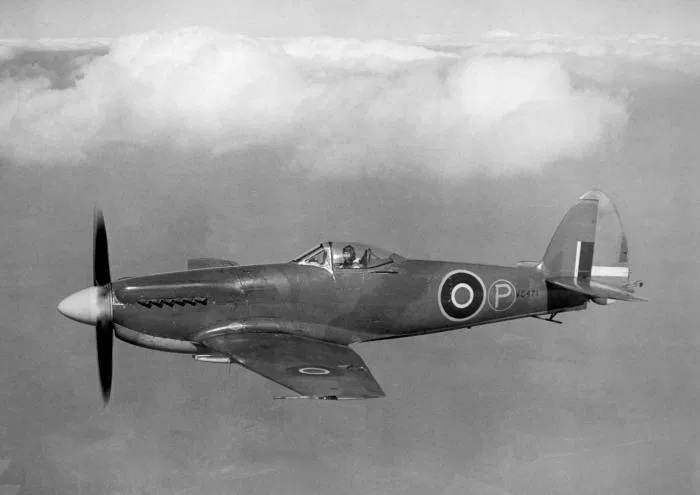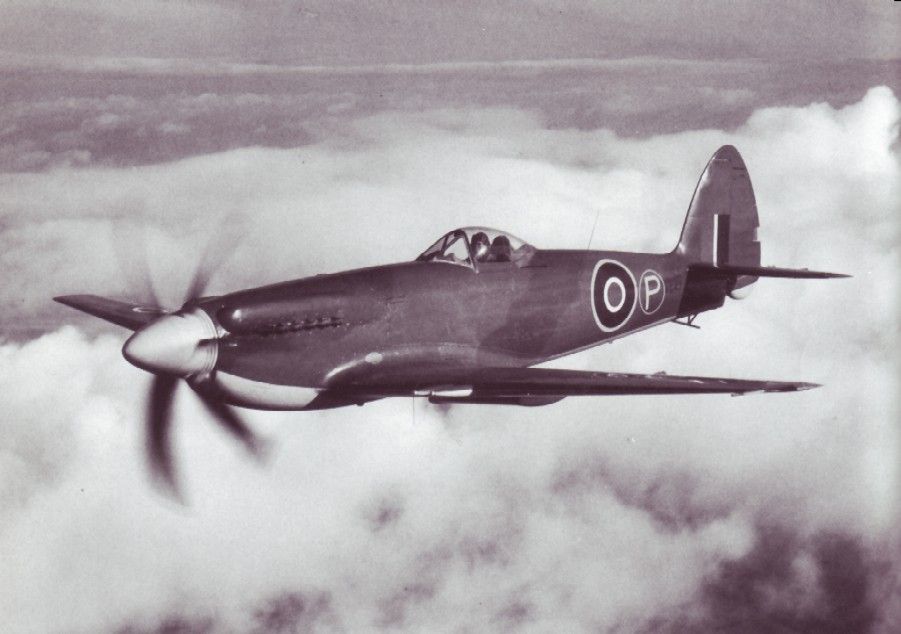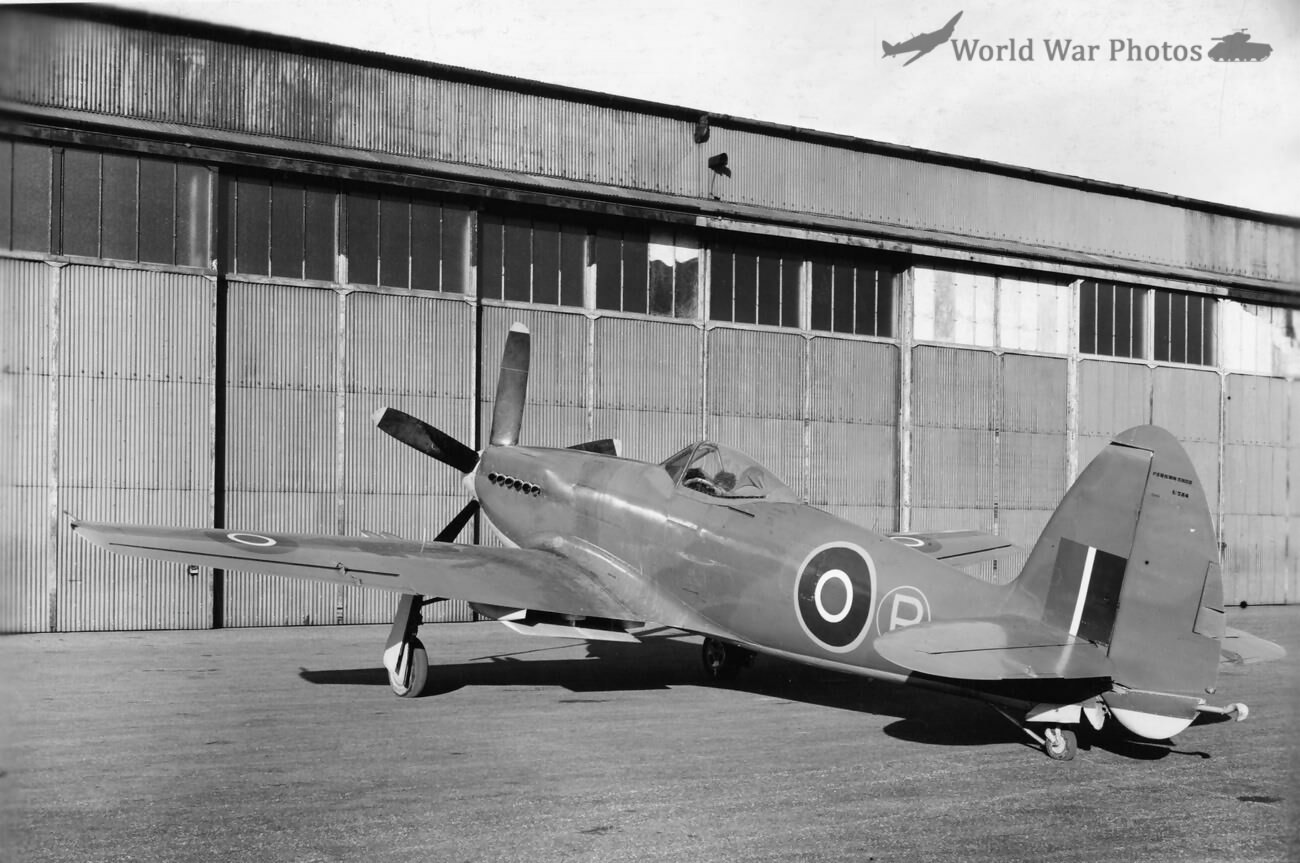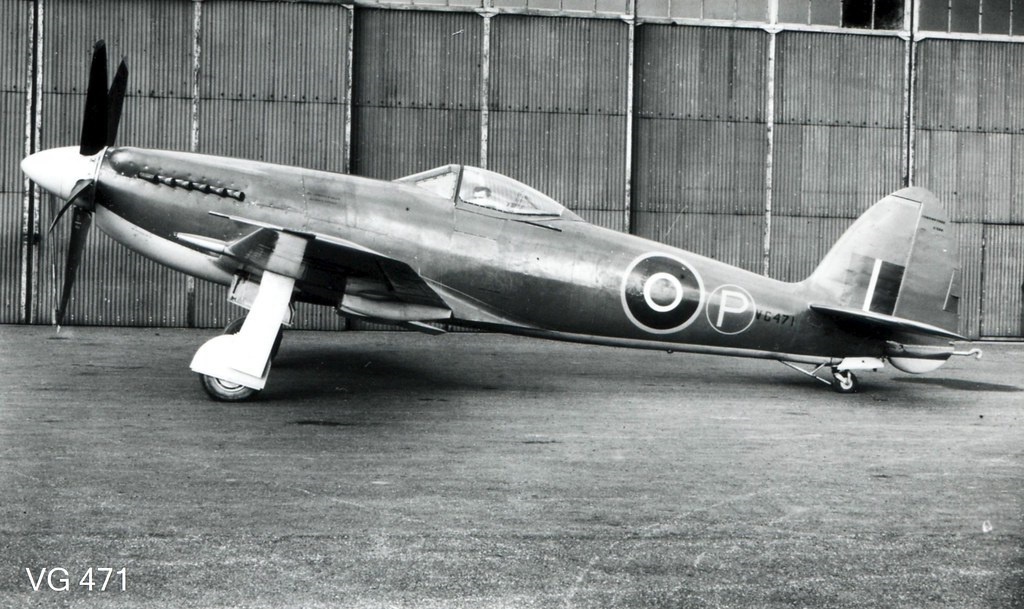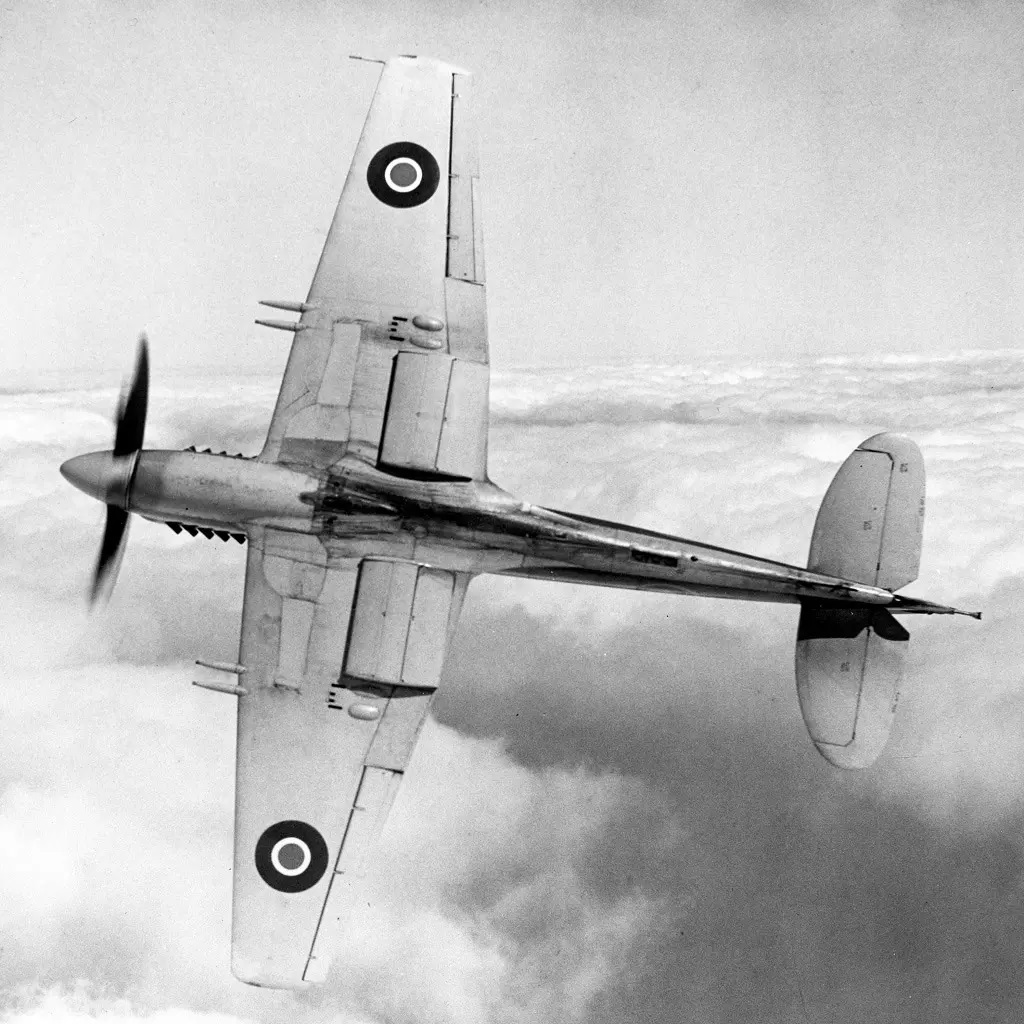- Yes
- No
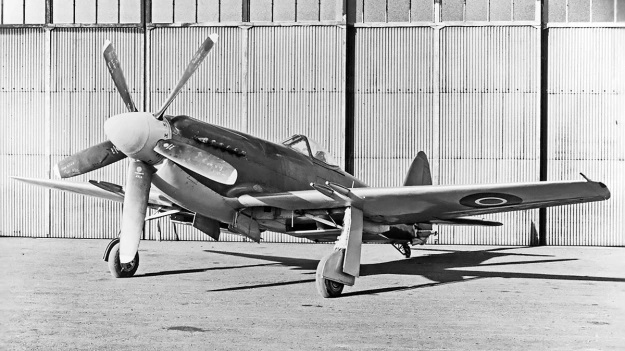
Introduction
The Supermarine Seafang was a British naval fighter aircraft developed as a carrier-based variant of the Spiteful, itself an evolution of the iconic Spitfire. The Seafang was designed to meet Air Ministry specification N.5/45, with the specific intention of adapting the high-performance Spiteful for Royal Navy use. Key modifications included the addition of an arrestor hook for carrier landings, a contra-rotating propeller to counteract engine torque, and power-folding outer wing panels for easier storage on aircraft carriers. The Seafang’s design represented the culmination of Supermarine’s efforts to create a high-performance piston-engine fighter for naval operations.
The Seafang was a single-seat, all-metal, low-wing fighter powered by a Rolls-Royce Griffon delivering 2,350 - 2,375hp. It featured a newly designed, non-elliptical laminar-flow two-spar wing. Its fuselage, although similar to the older Spitfires, offered improved forward visibility and a larger “Spiteful-type” tail and rudder. The aircraft carried four 20 mm cannon with 624 total rounds and could mount bombs, rockets, and torpedoes. Top speeds in excess of 475mph/764kph were achieved during testing.
The Seafang F.31, designated as Type 382, was intended as an interim solution while the more advanced F.32 was being developed. The F.31 was essentially a minimum-effort navalised version of the Spiteful, retaining its key features and simply gaining an arrestor hook. The British government initially placed an order for 150 F.31s in May 1945, as World War II was drawing to a close. The urgency to bring this aircraft into service was tied to the war effort, but with the conflict ending shortly thereafter, the need for such an aircraft diminished significantly. Consequently, only nine of the planned F.31 units were completed before the order was cancelled.
Despite its capabilities and lineage, the Seafang’s performance was not deemed sufficiently superior to existing aircraft in the Royal Navy’s inventory, particularly the Seafire F.47. Moreover, the advent of jet-powered fighters such as the Meteor and Vampire further reduced the need for new piston-engine designs. The Seafang’s low-speed handling characteristics, critical for carrier operations, were also found to be less-than-favourable during testing.
By 1947, the Seafang was essentially obsolete as the Royal Navy shifted its focus towards jet-powered aircraft. The development of the Seafang, particularly the F.31, marked the end of an era for piston-engine fighters, as newer technologies rapidly took over. Although the Seafang did not see widespread production or service, its development contributed to the evolution of naval aviation, influencing future designs such as the Supermarine Attacker, a jet-powered aircraft that carried forward some design elements from the Spiteful and Seafang lineage. Ultimately, the Hawker Sea Fury, which was further along in development and a more known constant, was chosen as the Royal Navy’s primary fleet fighter.
In-game, the Supermarine Seafang would be the perfect way to cap-off the propeller-era of the Royal Naval fighter line, representing the peak of British (and arguably global) piston naval fighters.
Specifications
Spoiler
Crew: 1
Length: 32 ft 11 in (10.03 m)
Wingspan: 35 ft (11 m)
Height: 13 ft 5 in (4.09 m)
Empty weight: 7,350 lb (3,334 kg)
Gross weight: 9,950 lb (4,513 kg)
Powerplant: 1 × Rolls-Royce Griffon 69 V-12 liquid-cooled piston engine, 2,375 hp (1,771 kW)
Propellers: 5-bladed constant-speed propeller
Maximum speed: 483 mph (777 km/h) at 21,000 ft (6,400 m)
Cruise speed: 240 mph (390 km/h)
Range: 564 mi (908 km, 490 nmi)
Service ceiling: 42,000 ft (13,000 m)
Rate of climb: 4,890 ft/min (24.8 m/s) at 2,000 ft (610 m)
Guns: 4 × 20 mm (0.787 in) Hispano Mk.V cannon with 156 rpg
Rockets: 8–12 × RP-3 rockets
Bombs: 2 × 1,000 lb (450 kg) bombs
Images
Sources
